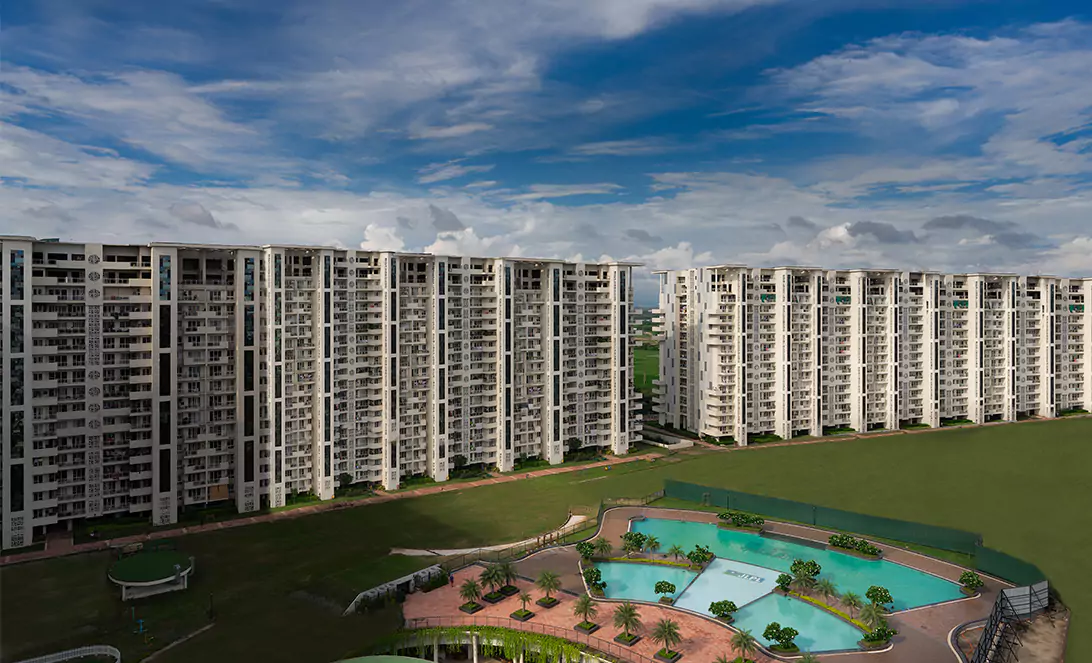Introduction
We know this well that small homes with very little room for open spaces is a concept of urban living. But do we know why urban areas have such small homes and what exactly are the reasons behind them? Urban living has become the norm for a significant portion of the global population. Cities are hubs of innovation, culture and opportunity, but they often lack one essential element that is open spaces. While open spaces are rare there is also a growing awareness of their importance in creating livable, sustainable cities. As our country faces population growth and urbanization, there is a rising demand for housing with little to very less access for green spaces. We know this well that developers respond to market demands accordingly. Let us explore the reasons behind the scarcity of open spaces in urban environments and the consequences it has on our lives.
- Rapid Urbanization – The world is experiencing an unprecedented wave of urbanization. As rural populations migrate to cities in search of better economic prospects, urban areas are expanding rapidly. This relentless growth puts immense pressure on available land, leaving little room for open spaces.
- Land Value and Real Estate Development – One of the primary reasons open spaces are scarce in urban areas is the high value of land. Developers often prioritize constructing buildings and infrastructure to maximize profits, leaving minimal room for parks and green areas.
- Zoning and Land Use Policies – Zoning regulations and land use policies also play a crucial role in limiting open spaces. Many cities allocate land primarily for commercial and residential purposes, making it difficult to reserve space for parks, gardens and recreational areas.
- Population Density – One of the most primary reasons, the sheer density of urban populations can overwhelm any available open spaces. In densely populated cities, parks and recreational areas can become overcrowded, reducing their appeal as places to relax and unwind.
- Infrastructure Demands – Urban areas require extensive infrastructure to support their growing populations. Roads, bridges, public transportation and utilities often take precedence over open spaces in city planning.
- Economic Pressures – Economic pressure, such as the need for increased tax revenue and job creation can lead cities to prioritize commercial development over open spaces. This focus on economic growth can come at the expense of residents’ quality of life.
- Historical Factors – Many older cities were not initially designed with open spaces in mind. The historical layout and development of these cities make it challenging to retrofit green spaces into the existing urban fabric.
- Short Term Goals – City planners and policy makers often face the dilemma of prioritizing short term economic gains over the long term benefits of open spaces. Investing in green areas may not yield immediate returns, making it less attractive to decision makers.
- Sustainability and Health Considerations – Open spaces offer numerous environmental and health benefits, including improved air quality, reduced urban heat and opportunities for physical activity. However , these advantages are sometimes overlooked in favor of immediate economic gains.
- Community Advocacy and Change – Despite these challenges, there is a growing movement advocating for more open spaces in urban areas. Community engagement and activism can lead to positive changes in city planning and development.
Conclusion
Open spaces are indeed a rare factor in urban living, primarily due to rapid urbanization, economic pressures and historical factors. However, recognizing the value of green areas for our well being, the environment and future generations can inspire change. With thoughtfully city planning, policy adjustments and community involvement we can work towards creating more open healthy and sustainable urban environments for all. Many cities have already started implementing thoughtful planning. One such city is Mohali. The good news is that many residential projects in the city are carefully planned with ample open spaces for residents to enjoy. If you are looking for a new home in Mohali, remember to look for projects that prioritize open spaces, lush green landscape and a healthier lifestyle. One should pay attention to projects that allocate a certain percentage of land for parks, gardens and recreational spaces for residents. All in all developers and urban planners play a significant role in shaping the availability of open spaces within the city.

